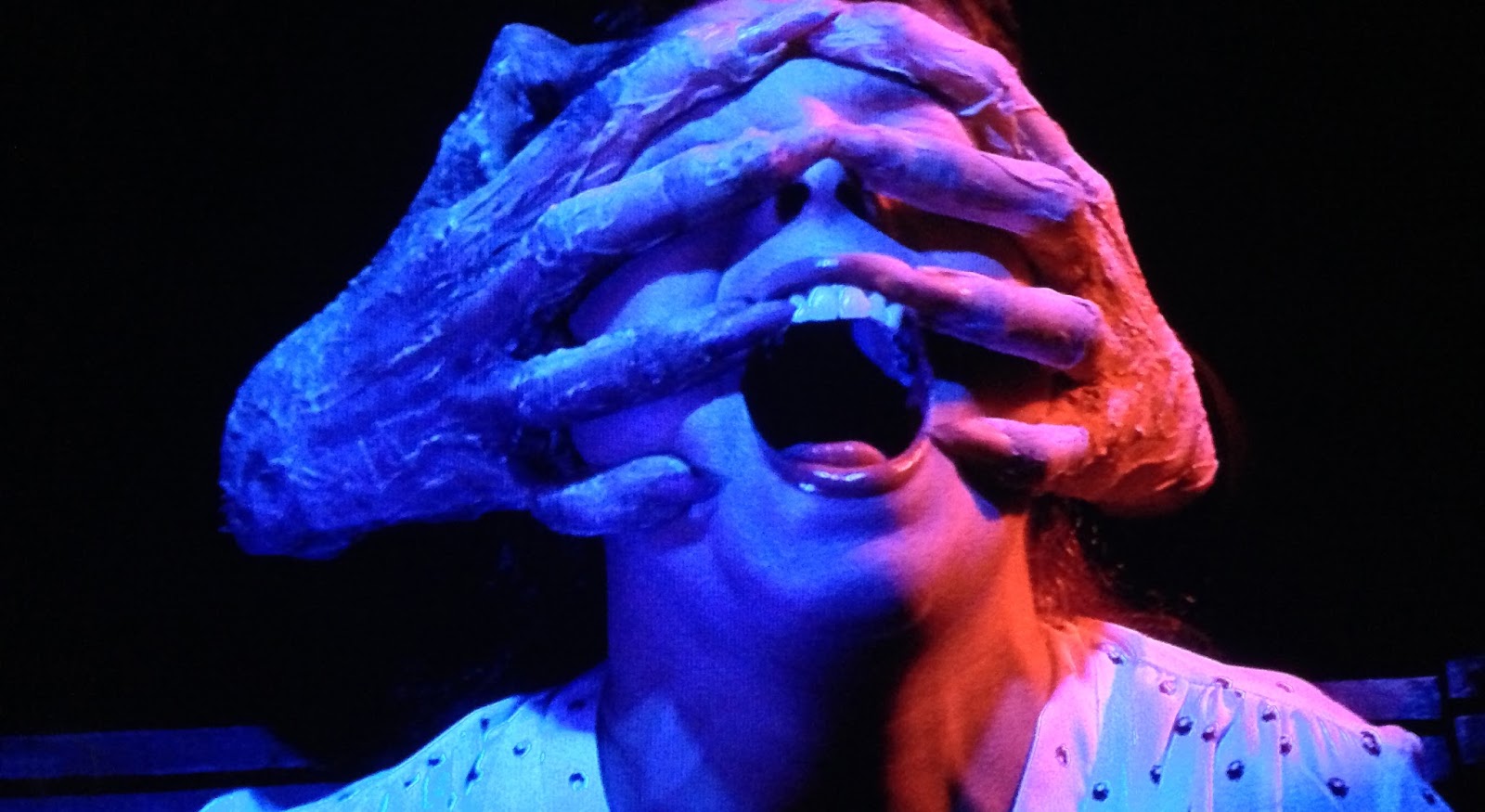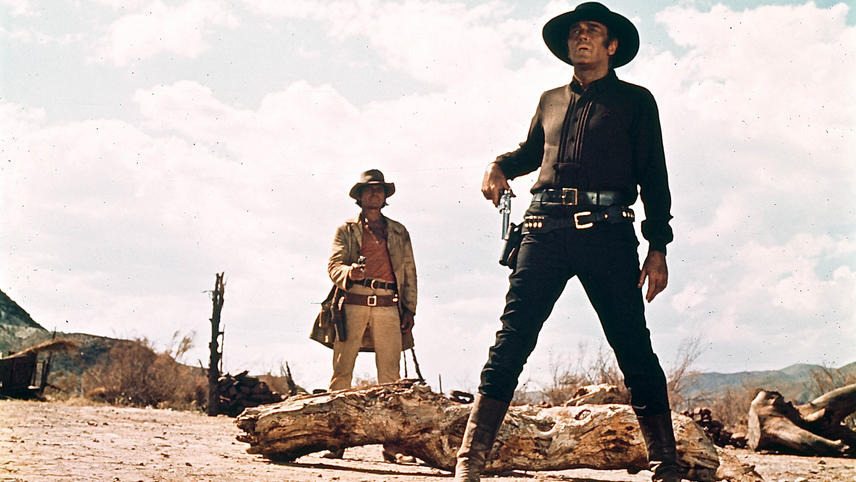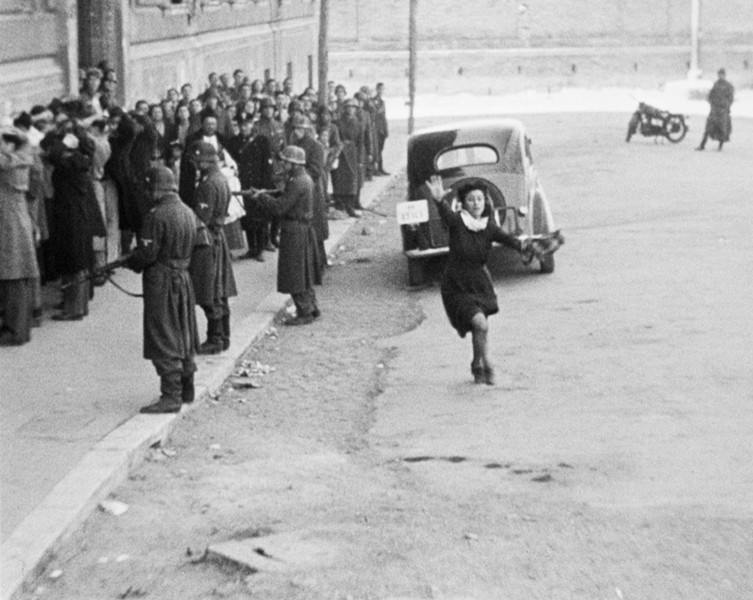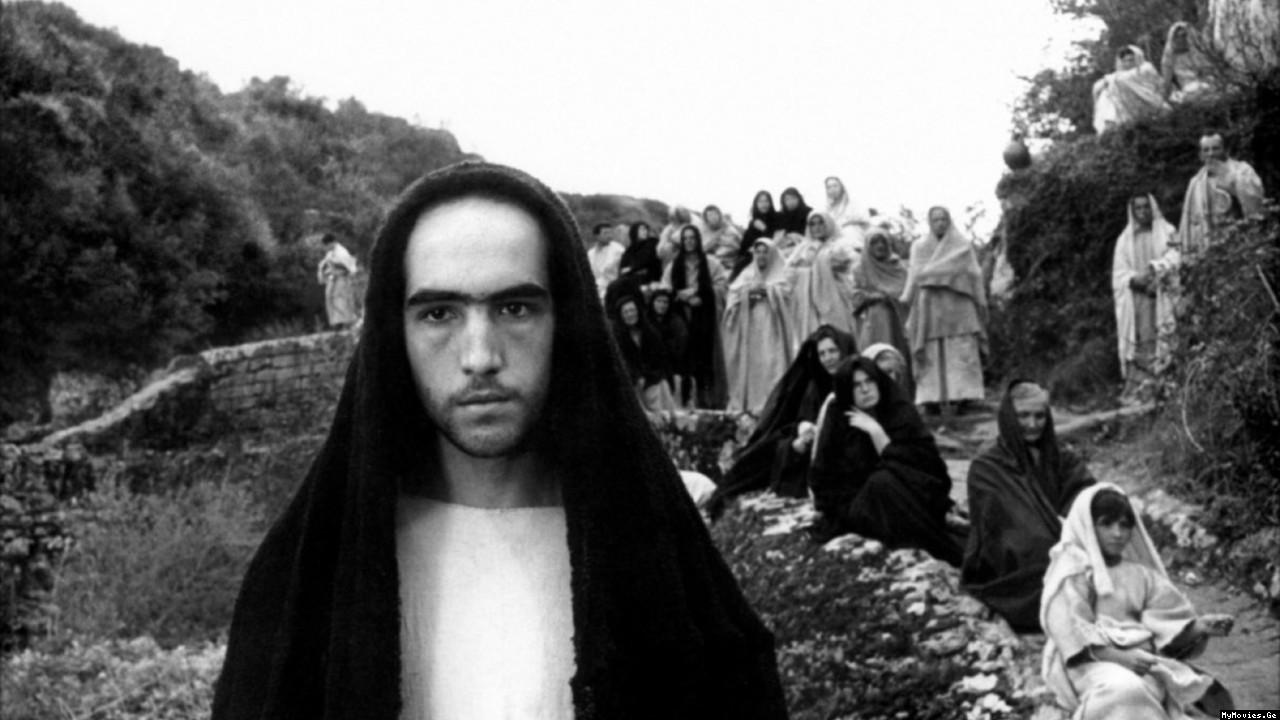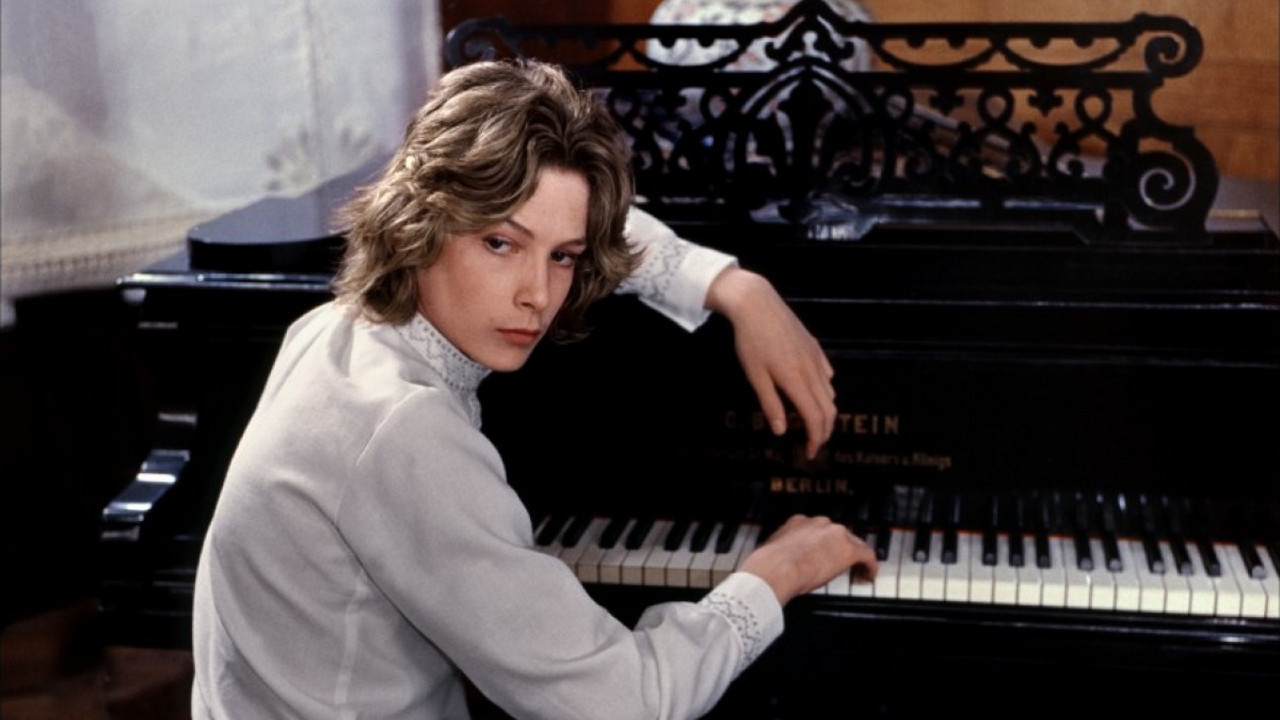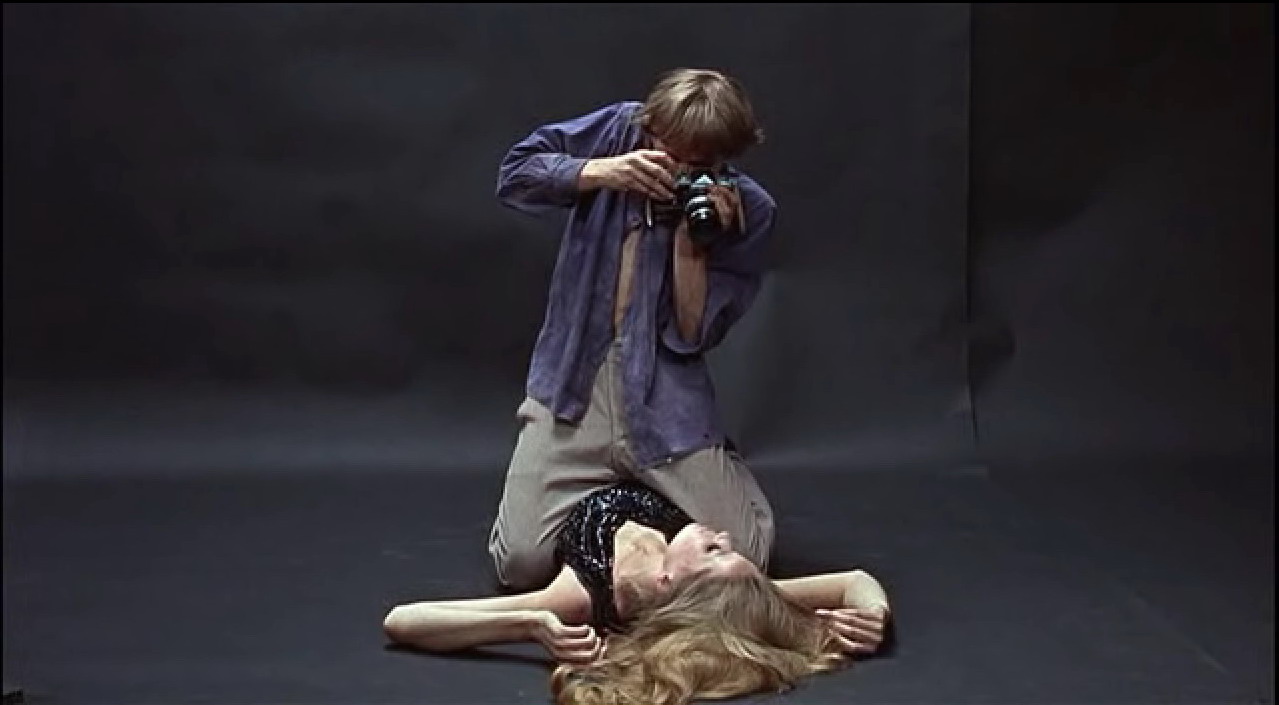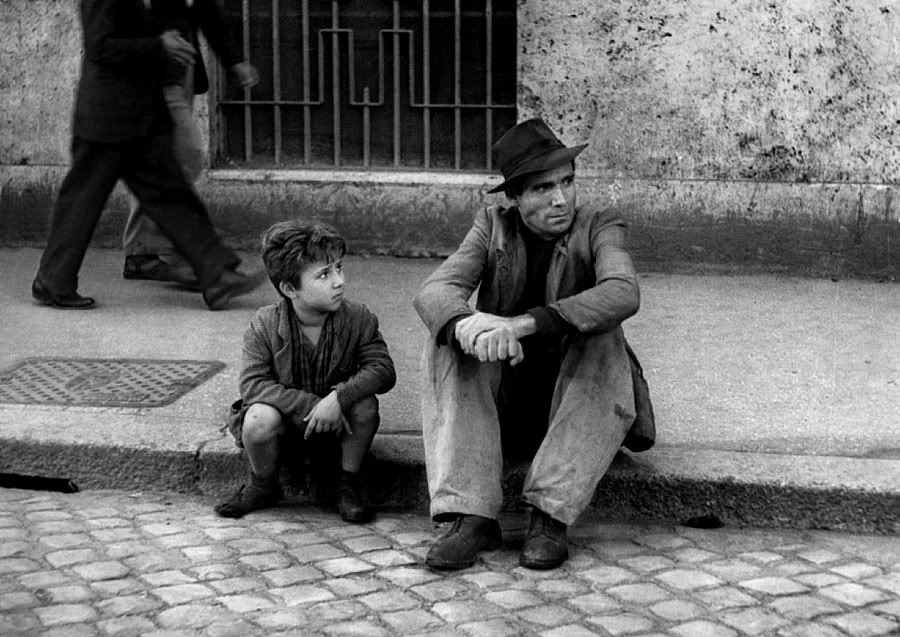8. Dario Argento (1940 – )
While Mario Bava may have invented the giallo type of horror, Dario Argento perfected the stylistic and atmospheric possibilities of the genre. Initially starting out as a film critic and journalist, Argento broke into the filmmaking scene after he and fellow director Bernardo Bertolucci helped write the story for Sergio Leone’s Once Upon a Time in the West.
Soon after, Argento directed his first film The Bird With the Crystal Plumage which was an immediate success and soon became one of the defining giallo films, spreading the genre’s popularity greatly. He followed this with two more thrilling films, The Cat o’ Nine Tails and Four Flies on Gray Velvet, completing an “Animal” trilogy.
As one of the most popular horror directors, Argento then directed one of the greatest giallo films of all time, Deep Red, which inspired American filmmakers like John Carpenter to start working in the slasher genre, taking direct scenes from the film and featuring electronic music similar to Argento’s soundtrack by the band Goblin.
Not slowing down, Argento then continued to innovate the genre with his artsy, experimental piece Suspiria about a coven of witches that control a ballet school. Argento, to this day, continues to make horror films, and although, due to the lack of popularity of giallo, his films are getting less exciting and successful, his classics from his heyday remain some of the greatest horror films of all time.
7. Sergio Leone (1929 – 1989)
Besides the still active directors featured, Leone has the next smallest body of work on this list. Like many Italian directors of his era, Leone started out in the popular swords-and-sandal genre, partially directing The Last Days of Pompeii and his debut directorial picture The Colossus of Rhodes.
His first breakthrough film was A Fistful of Dollars, the first of his famous Spaghetti Western trilogy that stars Clint Eastwood as “The Man With No Name.” This film, an adaptation of Akira Kurosawa’s Yojimbo, kickstarted the Spaghetti Western genre and rose Eastwood to stardom. The next two films in the trilogy, For a Few Dollars More and The Good, the Bad and the Ugly, were similarly well received and influential.
After his legendary trilogy, Leone only directed three more films. The first was the western epic Once Upon a Time in the West which stars Henry Fonda, Jason Robards and Claudia Cardinale and was co-written by two other directors on this list, Bernardo Bertolucci and Dario Argento. The second was the unlikely buddy-action film Duck, You Sucker! starring Rod Steiger and James Coburn.
Leone’s final film, and to some his greatest, was the immense gangster film Once Upon a Time in America that follows a group of Jewish hoodlums who turn into some of the most powerful gangsters in New York. His films are also accompanied by iconic scores by Ennio Morricone.
6. Roberto Rossellini (1906 – 1977)
One of the greatest neo-realist directors from a sea of many, Rossellini was maybe the most influential of the early Italian filmmakers. Starting out with a funding from the Fascist government, Rossellini’s first three films were mainly propaganda works promoting support of the war.
After that regime fell, Rossellini was free to make other types of films, leading to his first masterpiece Rome, Open City about anti-Fascist resistance fighters during the occupation of Rome in World War II. This massive success was the first of Rossellini’s “Neo-Realistic Trilogy”, which also included Paisan, a series of vignettes about soldiers, and Germany, Year Zero, a film about the destruction of the German people after the fall of the Third Reich.
After this groundbreaking series of films, Rossellini entered a new phase of his career starting from his affair with the great Swedish actress Ingrid Bergman. Together they filmed six acclaimed pictures, including, among others, Stromboli and Journey to Italy. While their teamwork was fruitful, it was also very controversial because, at the time the affair started, both were married to other people. They also had several children together including the actress Isabella Rossellini.
Roberto continued to create films until his end, including several collaborations with universities, but never matched the success of his brilliant early movies.
5. Pier Paolo Pasolini (1922 – 1975)
Pasolini was one of the most profound and one of the most controversial Italian directors. Originally starting his artistic career as a poet, transitioning eventually over to film as his medium of choice.
His first film, Accattone, started off his directing career with a bang, attracting a lot of attention, not all of it good, because of the film’s plot, dealing with criminals, beggars and prostitutes.
Pasolini’s profile rose with his next movies, such as Mamma Roma and The Gospel According to Matthew, attracting not only a cult following but a strong critical response as well. As his films progressed, Pasolini’s skill as a filmmaker and auteur also progressed, all the while maintaining his fascinating, but controversial subject matter.
Most of his later projects were significantly more ambitious than his early minimalistic films. The most notable of these later films are the three “Trilogy of Life” movies (The Canterbury Tales, The Decameron and Arabian Nights) and his most controversial film, Salo: 120 Day of Sodom.
In addition to the content of his films, Pasolini also gained attention with his unconventional personal life, due to the fact that he was a homosexual and a communist at a time when the public was not so open minded. Although not everyone may appreciate some of the offensive aspects of Pasolini’s work, his revolutionary career is one of the most important and innovative in all of Italian cinema.
4. Luchino Visconti (1906 – 1976)
Born to upper class Italian nobility in 1906, Luchino Visconti was raised in an environment of high culture, becoming involved in theatre and music at a young age. During World War II he grew critical of his lavish upbringing, joining the Communist party and focusing his films on the lower class of Italy. With his first film, Ossessione, Visconti started the Italian Neorealist movement, paving the way for important directors like Vittorio De Sica and Roberto Rossellini.
La Terra Trema and Bellissima also followed this theme, exhibiting a much grittier atmosphere than his future films but still focusing on the complexities of human emotions. With Senso, Visconti continued to focus on the struggle of the lower class but explored the grandiose and lucrative production that would become a staple of his films to come.
In the 60s, Visconti changed the main subject of his films to focus on the upper class like in The Leopard, Death in Venice and Ludwig, defining a new era in Visconti’s film making, which continued until the end of his career. The themes of his films are not always pleasant, but the beauty of his craft is constant throughout his lifetime. Stunning cinematography and framing makes every scene a piece of art and the detailed historical sets of his films are extremely realistic as well as beautiful.
Along with an always rousing score, Visconti’s films evoke powerful emotions through not only his scripts and actors, but his dynamic and powerful use of film.
3. Michelangelo Antonioni (1912 – 2007)
Michelangelo Antonioni is one of the more polarizing directors on this list, not for reasons of controversial or gruesome subject matter like some of the others, but due to his minimalist, wandering plots, slow pacing and very long takes. His works have often been described as “mood pieces” rather than straightforward stories as they tend to care more about the emotional state of the characters than moving the action along.
Because of this, many viewers, especially first time Antonioni viewers, can feel bored and left cold by his films. While their claims are not unfounded, upon inspection there is much poetic brilliance hidden in Antonioni’s works and although not much action may take place, there is still a lot being conveyed.
As many others on this list, Antonioni started out in the neo-realist movement, but quickly created a unique genre of his own, separate of conventional storytelling. His breakthrough film, and to many his masterpiece, was L’Avventura, a powerful story about the shallowness of modern society and how, in it, human souls can become lost. His next two films, La notte and L’Eclisse, were similarly acclaimed and are about similar themes, leading the three to be often thought of as a trilogy.
After these successes, Antonioni made a series of films in English films including one of his most well-known films Blow-Up. While his films were never box office hits, or rarely even that famous outside of the art-house crowd, the innovation and vision Antonioni brought to the medium is irreplaceable.
2. Vittorio De Sica (1901 – 1974)
One of the pioneers of the Neo-realist movement who continued his great career into later styles, Vittorio De Sica is one of the most influential and emotive Italian filmmakers. Starting out as a stage actor, De Sica became acquainted with some of the film crowd and after a few attempts created his breakout 1946 film Shoeshine about two poor youth in Italy.
Having already proven himself as one of the leading directorial talents, De Sica furthered his legacy by creating two of the most powerful movies of the time; Umberto D., the story of an old pensioner and his dog, and his masterpiece Bicycle Thieves which is not only the definitive neo-realist film but considered one of the greatest films, period.
After the popularity of neo-realism dwindled, De Sica did not fade into obscurity like many of his peers but maintained popularity, notably with his comedies. With the assistance by the acting talents of Marcello Mastroianni and Sophia Loren, the director recaptured the film world’s attention with the consecutive smash hits Yesterday, Tomorrow and Today and Marriage Italian-Style, both of which were nominated for Academy Awards.
While his reputation as a legendary filmmaker may not be as widespread today as some other classic directors, his variety and innovation in the craft make him one of the most important visionaries ever.
1. Federico Fellini (1920 – 1993)
Fellini is undisputably the most renowned and internationally acclaimed of all Italian directors in film history. From his early start in the neorealist movement, working under the previously featured Roberto Rossellini, Fellini transformed the medium of film, addressing numerous topics, notably class, sex and existentialism.
His legacy gradually evolved into that of a respected filmmaker but rose to the stuff of legends with his Palme D’or-winning 1960 masterpiece La Dolce Vita, changing the conventions on plot and genre. Fellini then continued to make some of the most captivating, and often controversial, international classics such as the semi-autobiographical 8 ½ and the surreal Juliet of the Spirits, culminating in 12 Academy Award nominations and many wins.
Of course, Fellini had many great collaborators throughout his career that ensured his creative prosperity. He had several fruitful and recurring relationships with terrific actors, most importantly Marcello Mastroianni, who often played a womanizer but unhappy soul, and Fellini’s lifelong muse and wife, Giulietta Masina, who played more naive characters put in unfortunate situations. They collaborated in masterpieces like La Strada and Night of Cabiria.
Fellini also formed a great bond with the Italian composer Nino Rota who scored nearly all of Fellini’s projects, contributing not only cohesive music but also deeper thematic motifs. Although Fellini’s style and genres differed greatly over his vast career, his genius visionary skill is a constant that shines through even in his weaker films.
Honorable Mention: Lena Wertmuller, Dino Risi, Ettore Scola, Matteo Garrone, Roberto Benigni, Franco Zeffirelli, Marco Ferreri.
Author Bio: Matthew Benbenek is an undergraduate Mechanical Engineering student at the University of Wisconsin – Madison. He has a passion for film, music and literature and, when not watching movies, is an amateur director and violin player.
